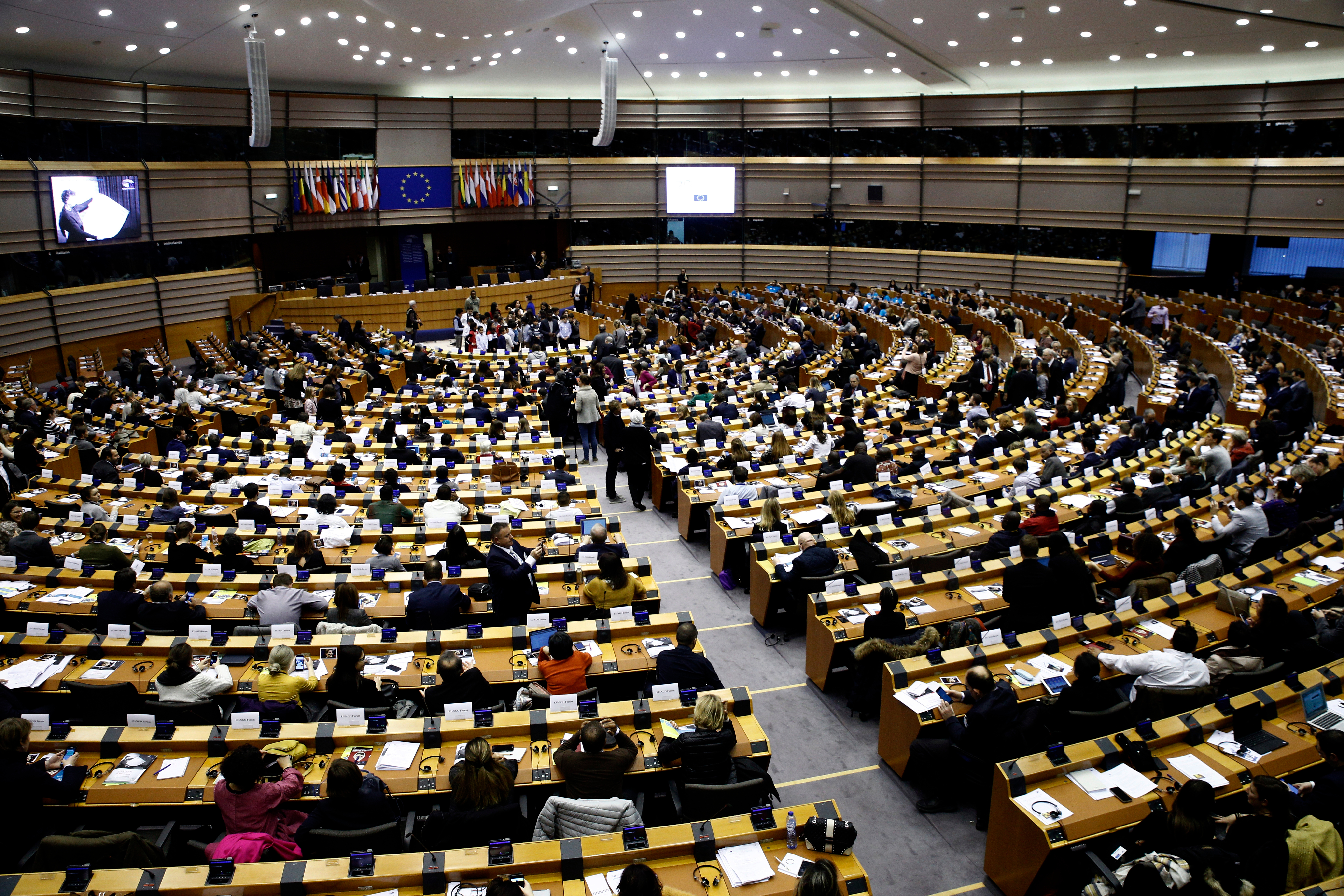The Single Rulebook and why it matters for financial services in the UK
by Inline Policy on 27 Apr 2016
One of the key policy responses to the financial crisis which led to the Great Recession was the subsequent action taken by EU Heads of Government through the European Council in June 2009 to strengthen the regulatory system governing all financial services providers within the Single Market area. In establishing a new European Banking Authority (EBA), within a European System of Financial Supervisors, which could take decisions on the basis of majority voting, member states also adopted a trio of regulations applicable throughout the Single Market – known together as the Single Rulebook.
The EBA co-ordinates the work of national regulators, securing transparency and greater information sharing across the Single Market area, on a macro-prudential level, as they implement in phases the terms of the Basel III agreement from the Basel Committee on Banking Supervision on the capital adequacy together with the liquidity coverage and leverage ratios of banks. For example, in 2016, Basel III requires banks to have 6% of tier 1 equity capital out of a total minimum capital requirement of 8%.
There are three distinct pillars within the Single Rulebook – firstly, the Capital Requirements Directive, which sets in place the obligation to have a systemic risk buffer rate for banks and investment firms across the Union, stress testing, and machinery on the evaluation of banks’ remuneration policies and how these relate to risk. The level of capital varies in accordance with the bank’s risk as a proportion of risk-weighted assets. The common standard is that banks must hold capital equivalent to 8% of risk weighted assets, with tier 1 equity capital making up 4.5% of risk-weighted assets. Furthermore, banks must have sufficient liquid assets to cope with 30 days of net liquidity outflows under gravely distressed circumstances, with a liquidity coverage ratio of high quality assets versus net cash outflows over a 30 days period being phased in and operational in full from 2018. Banks must also not be over-leveraged, ie. the ratio produced from their tier 1 capital divided by their total consolidated assets must not be too high, as this may impact on their long-term institutional solvency. Member states can apply systemic risk buffers across the financial system in their states of between 1 to 3% without European Commission approval. Higher buffers can be established for institutions which are of global systemic importance, with member states able to set additional systemic risk buffers between 1 and 3.5% of tier 1 capital of risk-weighted assets.
Nevertheless, owing to the scope for differences in member states’ credit and economic cycles, the CPD allows flexibility over the quarterly setting of the counter-cyclical capital buffer (a responsibility of the Bank of England’s Financial Policy Committee in the UK), and to set tougher capital requirements for lending in the housing market, if required to prevent asset price bubbles from emerging. Member state regulators also preserve the power to impose special measures upon a financial institution following a supervisory review. The CPD should be read in conjunction with the Prudential Requirements Regulations applicable to banks and investment firms which sets down criteria for calculation of the buffers, and classifies products into what would constitute Tier 1 equity for capital requirement purposes, and what would not.
Secondly, the Deposit Guarantee Scheme Directive sets a Single Market wide harmonised deposit insurance safeguard of up to 100,000 euros per depositor should a credit institution fail, and requires institutions to make annual payments to establish such schemes. Branches based within the Union area of credit institutions headquartered outside the Union must also have in place deposit protections up to the same monetary level.
Thirdly, the Recovery and Resolution Directive establishes a harmonised framework for the rescue of distressed credit institutions and investment firms across the Union to prevent insolvency, or when insolvency does occur, to save those systemically important functions of the institution or firm, including member states having the right to appoint a temporary administrator. The mode of recovery is based on the bail-in principle that shareholders should bear any losses first, with creditors after that. Resolution schemes may include placing institutions in temporary public ownership, and ensuring that the interests of taxpayers is protected in any sale of part of a distressed institution.
Under these trio of Directives, the EBA is charged with deciding upon the Binding Technical Standards which are vital to the operation of the Directives. The Commission does so through adopting Regulations or Decisions which become directly applicable in all member states without any national transposition.
The Eurozone states are likely to proceed with further integration in terms of supervision and resolution under plans for greater banking union in the next round of Treaty change. The terms of the European Council Decision reached in February 2016, does not prevent other states from moving ahead on banking union proposals subject to an emergency brake provision which can be activated by any non-Eurozone member state referring up to the European Council for discussion by heads of Government rather than at the EU Council, any legislative proposal solely affecting the Eurozone which the non-Eurozone member state considers will impact adversely upon financial services in their own state. This does not confer a veto, as decisions in this area can be taken by the European Council by qualified majority vote, but it is an important escalation of the level of decision-making. This brake clause takes effect in the event of a Remain vote in the UK Referendum on June 23, and is expected to be transposed by the amending Treaty prospectively due for consideration in 2020.
If Leave was to prevail in the Referendum, the UK and its macroprudential supervisory institutions would no longer be part of the EBA machinery, and it would face the choice of either cutting and pasting the terms of the Directive and Binding Technical Standards into UK law, and copying EU developments thereafter without any influence in shaping them, or alternatively, adopting different standards in the future, thereby creating regulatory barriers between the UK and EU markets in financial services. Leave campaigners have pointed to free trade agreements reached by states such as Canada (CETA) as an alternative to membership of the Single Market, but although chapter 15 of CETA may cause an increase in long-term reciprocal market access in financial services between Canada and EU, it would occur without the advantages of a single set of regulations for doing business or an overarching regulator devising technical standards. Indeed CETA creates a macroprudential carve-out if either state considers there are real prospects of systemic risk from institutions operating in either jurisdiction.
The Single Rulebook adds greatly to the certainty financial services providers have in trading their products within the Single Market. Its unique characteristics, like the associated right of passporting of service providers, come from the supra-national effects of EU Law governing the Single Market. It cannot be replicated outside the Single Market, and its loss would create barriers to trade and investment. The London School of Economics’ Centre for Economic Performance recent study found that 45% of foreign direct investment into the UK is in financial services. It could be a costly gamble to put the Single Market in financial services at risk.
Photo (CC BY-SA 2.0)
Topics: European Politics, Energy policy, UK politics, Financial Services Regulation








Comments